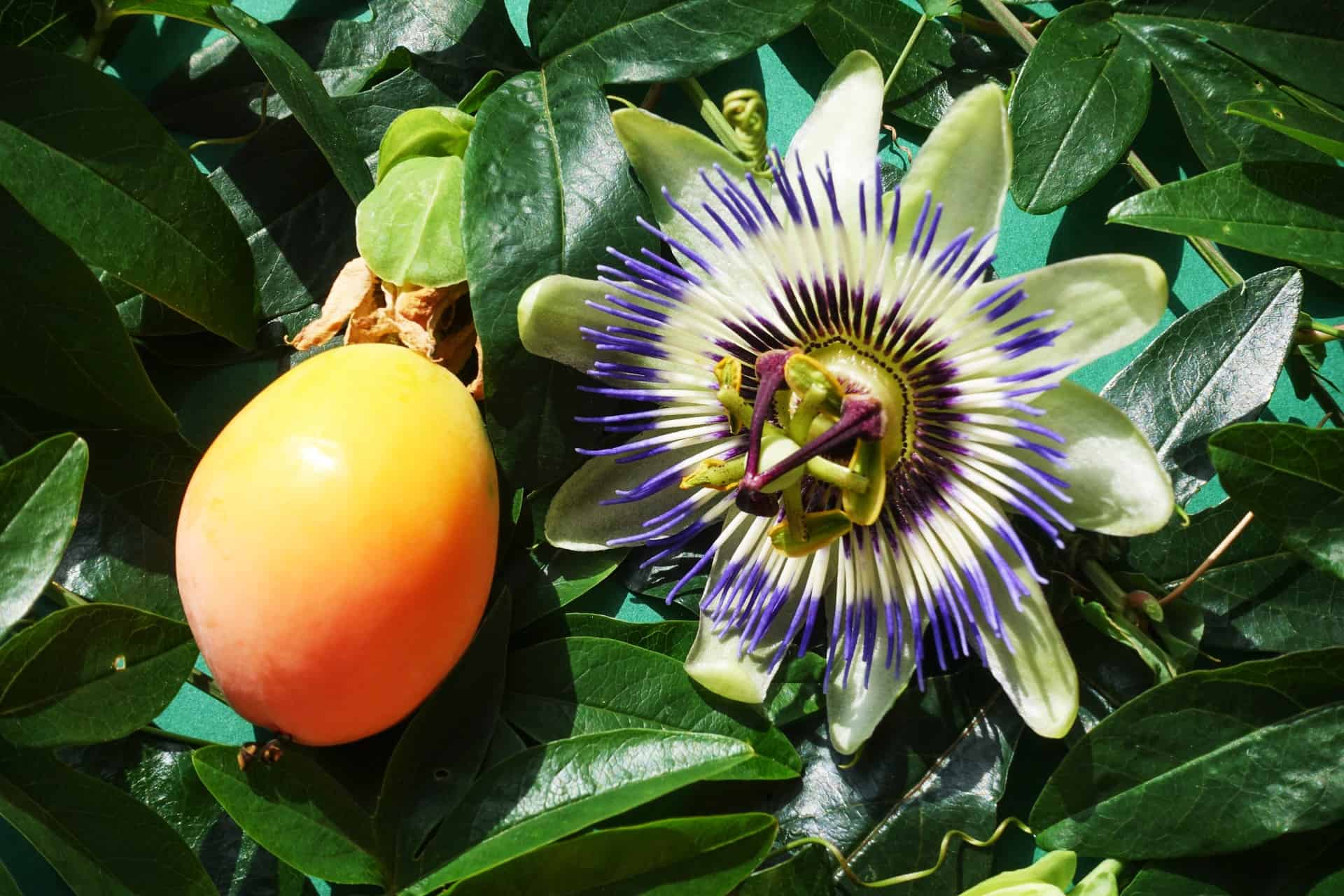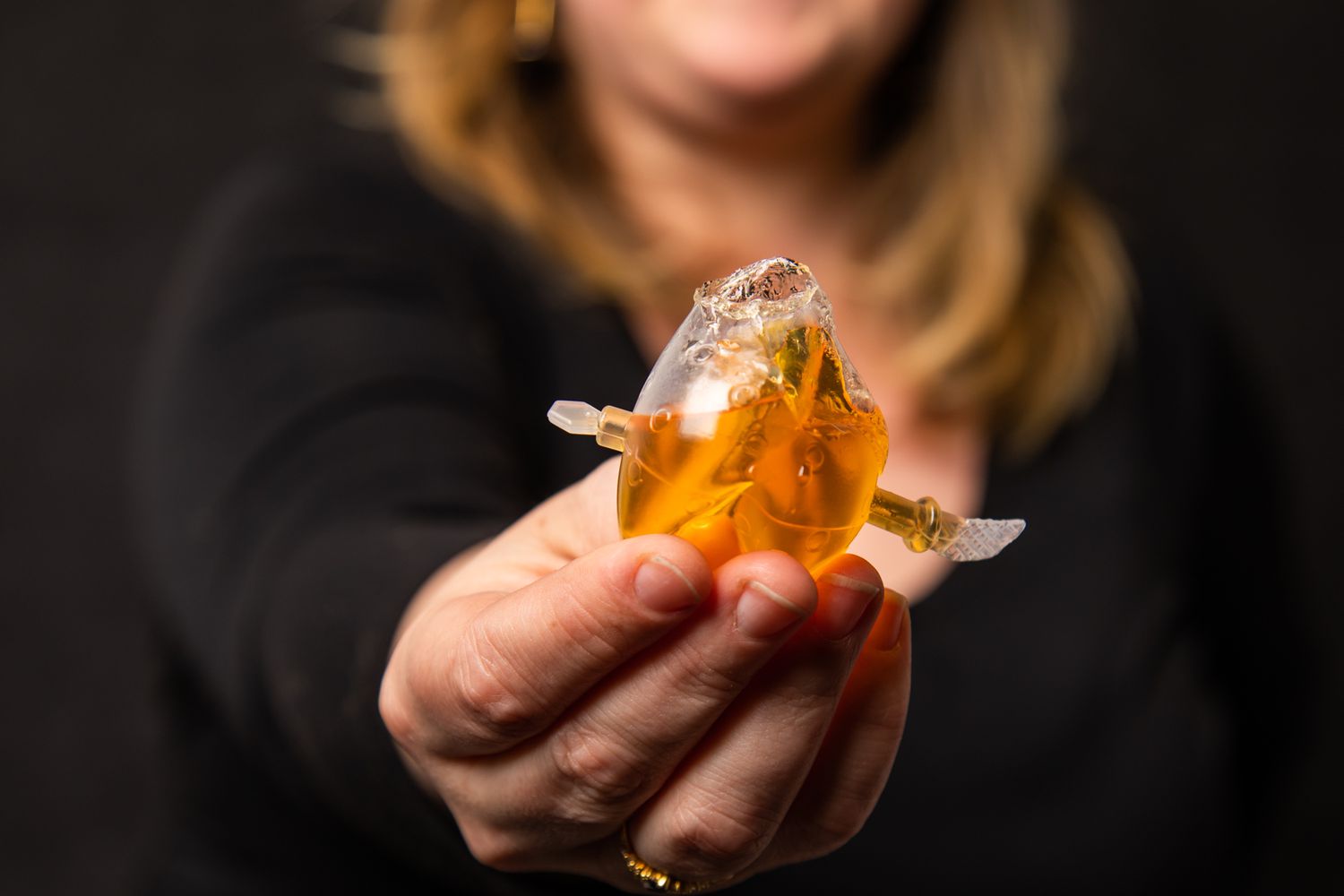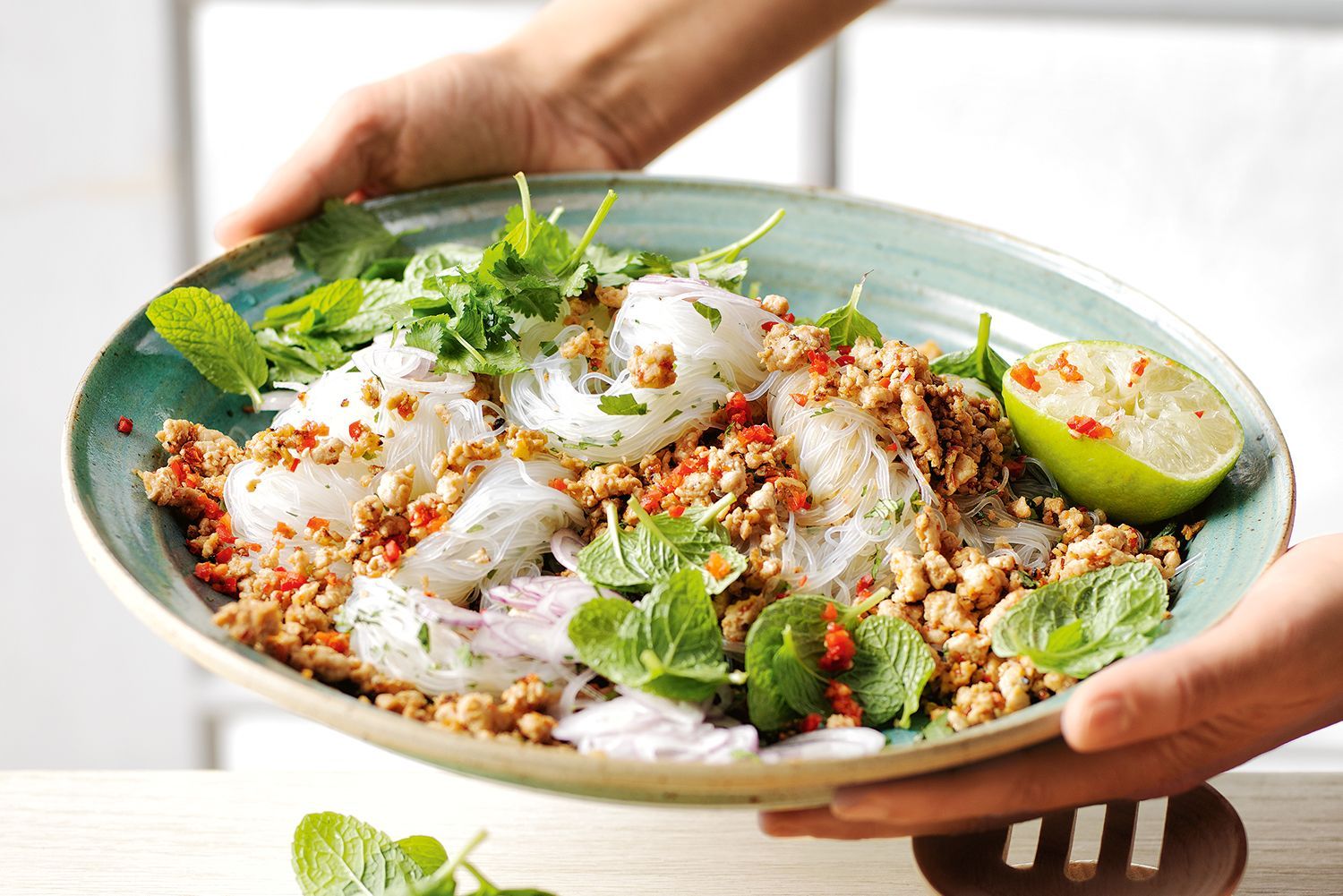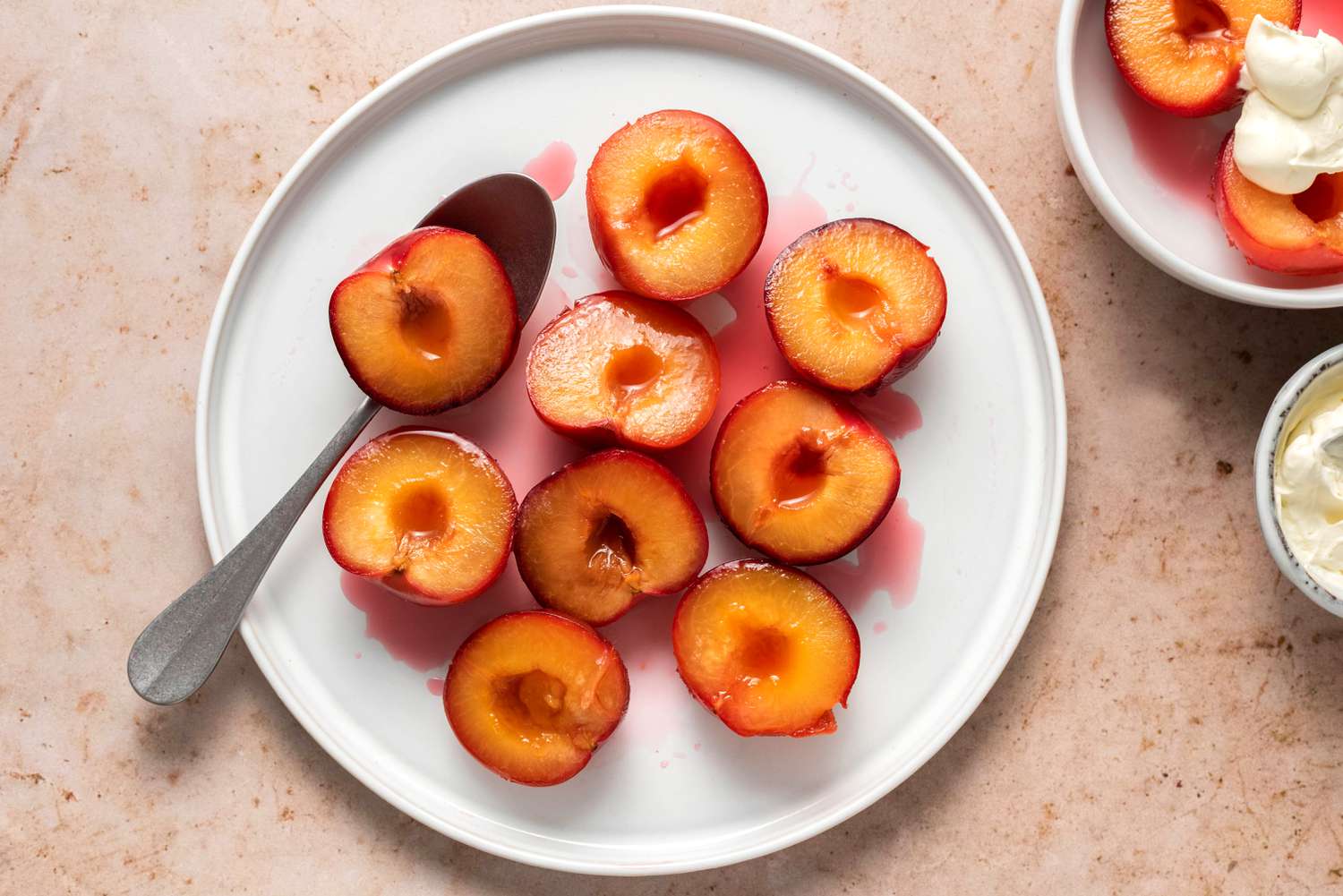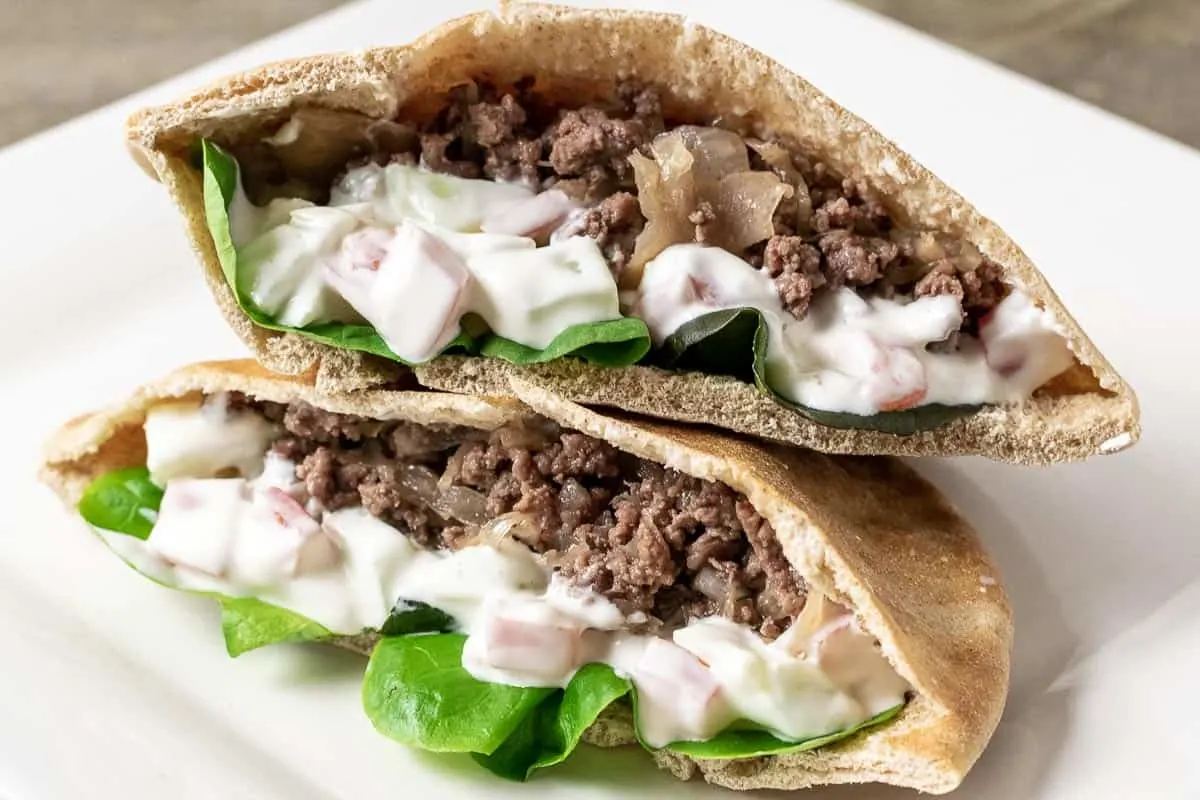What is Maypop?
Maypop, also known as Passiflora incarnata, is a type of passionflower that is native to North America. The plant produces a fruit that is commonly referred to as maypop. The fruit is about the size of a chicken egg and has a tough outer rind that protects the juicy, seed-filled interior.
How to Choose Ripe Maypop
When it comes to eating maypop, the first step is to choose ripe fruit. Here’s how to tell if a maypop is ripe:
- Look for a fruit that has a yellowish-green color
- Gently squeeze the fruit – it should give slightly under pressure
- Check for a fragrant, sweet aroma
Ways to Eat Maypop
There are several ways to enjoy maypop:
- Raw: Simply cut the maypop in half and scoop out the juicy pulp with a spoon. Be sure to spit out the seeds as you eat.
- Juice: Blend the pulp of ripe maypop with water and a sweetener of your choice to make a refreshing juice.
- Jam: Cook the pulp with sugar and lemon juice to make a delicious maypop jam that can be spread on toast or used as a topping for desserts.
- Smoothies: Add maypop pulp to your favorite smoothie recipe for a tropical twist.
Health Benefits of Maypop
Maypop is not only delicious but also offers several health benefits:
- Rich in antioxidants that help protect the body from damage caused by free radicals
- Contains vitamins A and C, which are essential for a healthy immune system
- May help reduce anxiety and improve sleep quality due to its natural sedative properties
- May aid in digestion and relieve gastrointestinal discomfort
Caution
While maypop is generally safe to eat, it’s important to note that the plant contains small amounts of cyanide in its leaves and stems. As such, it’s best to stick to consuming the ripe fruit and avoid ingesting other parts of the plant.
Conclusion
Maypop is a unique and flavorful fruit that can be enjoyed in a variety of ways. Whether eaten raw, juiced, or made into jam, maypop offers a delightful taste and potential health benefits. Just be sure to choose ripe fruit and avoid consuming other parts of the plant to safely enjoy this North American delicacy.
